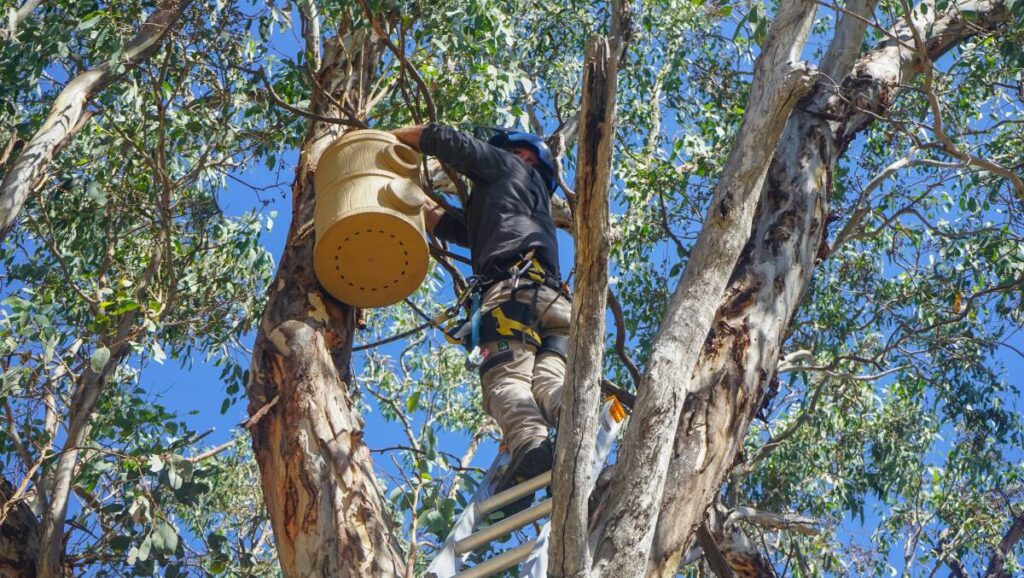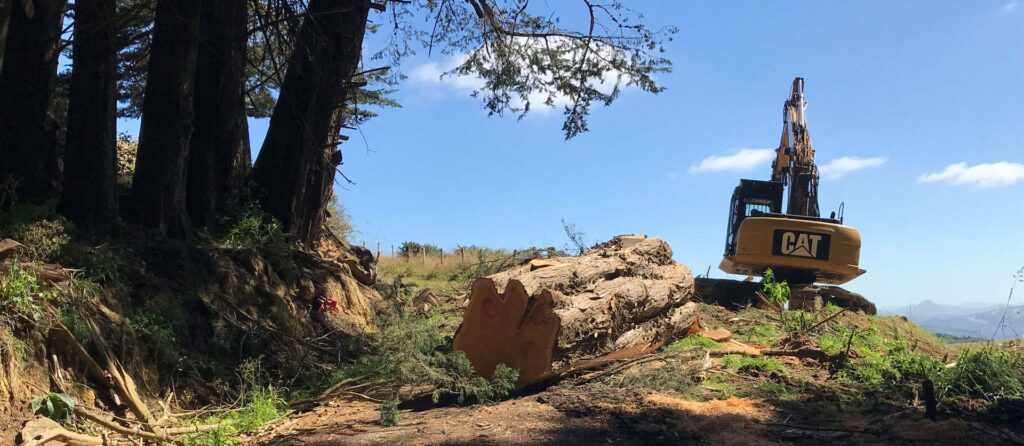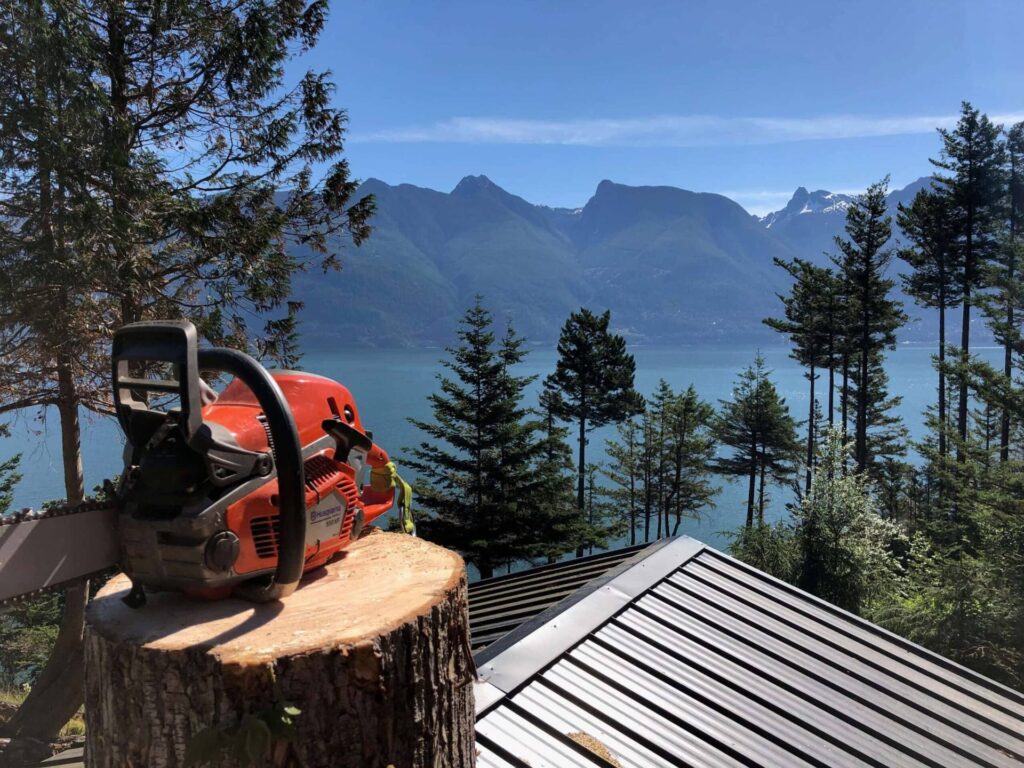The Blue Mountains are renowned for their breathtaking natural beauty. The lush green forests, diverse wildlife, and pristine water sources make this region a true paradise. However, maintaining this delicate balance requires careful consideration, especially when it comes to the removal of trees.
Understanding the Importance of Tree Removal
When discussing tree removal Blue Mountains, it is crucial to acknowledge the significance of striking the right balance between preservation and removal. While trees play a vital role in the ecosystem, their removal can sometimes be necessary for various reasons, such as safety concerns or promoting overall forest health.
Tree removal is a complex process that requires careful consideration of multiple factors. It is not simply about cutting down trees but rather about making informed decisions that benefit both the environment and the community. Professional arborists and foresters often assess the condition of trees, taking into account their health, location, and impact on the surrounding ecosystem before recommending removal.
The Balance Between Preservation and Removal
Preserving the natural beauty of the Blue Mountains involves understanding that not all trees can or should be saved. Some trees may have diseases or have become structurally unsound, posing a risk to people or property. Furthermore, the removal of certain species may be necessary to prevent the spread of invasive plants or to create space for the growth and regeneration of other vegetation.
Community engagement is also a crucial aspect of tree removal decisions. Involving local residents, environmental groups, and other stakeholders in the process can help ensure that the removal is done in a way that aligns with the values and needs of the community. Transparency and open communication about the reasons for tree removal can foster understanding and support for the necessary actions. Click here to get more about professional tree removal in the Blue Mountains region.
The Role of Tree Removal in Forest Health
Tree removal plays a critical role in maintaining the overall health of the forest ecosystem. Removing dead or diseased trees helps prevent the spread of pathogens and pests, reducing the risk of infestation and improving the long-term health of the forest. Additionally, thinning out overcrowded areas can enhance the resilience of the forest and promote the growth of younger, healthier trees.
Furthermore, tree removal can create opportunities for sustainable land management practices. Repurposing removed trees for lumber, mulch, or other products can reduce waste and provide economic benefits to local communities. By implementing responsible harvesting techniques and reforestation efforts, tree removal can be part of a comprehensive strategy for ensuring the health and sustainability of forested areas.
The Process of Tree Removal in the Blue Mountains
Tree removal in the Blue Mountains involves a meticulous process to ensure both safety and sustainability. Before any trees are removed, a comprehensive assessment is conducted to identify which trees should be targeted.
Blue Mountains, known for their stunning natural beauty and rich biodiversity, have strict regulations in place to safeguard their ecosystem. The process of tree removal here is not just about cutting down trees but rather a thoughtful and strategic endeavor that considers the long-term impact on the environment.
Identifying Trees for Removal
Trained arborists carefully evaluate the condition, species, and location of each tree in question. Factors such as tree age, structural integrity, and potential impact on neighboring trees are taken into consideration. This assessment aims to prioritize the removal of trees that pose the highest risks while minimizing the impact on the surrounding environment.
Moreover, the assessment also includes an evaluation of the ecological role of the tree within its habitat. Trees that provide critical habitats for wildlife or play a significant role in the local ecosystem are marked for special consideration, often requiring alternative solutions to removal.
Safe and Sustainable Removal Practices
Tree removal in the Blue Mountains follows strict guidelines to ensure the safety of workers, minimize damage to the environment, and promote sustainability. Experienced tree removal specialists employ advanced techniques, utilizing cranes, rigging, and other specialized equipment to carefully dismantle trees, limb by limb. This approach minimizes the chances of accidental damage to surrounding trees, vegetation, and structures.

Furthermore, the removed trees are often repurposed to reduce waste. Wood from felled trees is either recycled for timber or used for mulch, promoting a circular economy approach to tree removal. This sustainable practice not only minimizes the environmental impact of tree removal but also contributes to the local economy by supporting industries that rely on responsibly sourced timber.
The Impact of Tree Removal on Local Ecosystems
The removal of trees in the Blue Mountains can have both direct and indirect effects on local ecosystems. Understanding and mitigating these impacts is essential in preserving the delicate balance of the region.
One of the lesser-known impacts of tree removal on local ecosystems is the disruption of the microclimate within the area. Trees provide shade and help regulate temperatures, creating unique microhabitats for various plant and animal species. When trees are removed, not only is there a loss of habitat, but there can also be significant changes in temperature and humidity levels, affecting the overall biodiversity of the region.
Effects on Wildlife Habitats
Trees provide crucial habitat for various wildlife species, including birds, mammals, and insects. Removing trees can disrupt their natural habitats and alter the ecological dynamics of the area. However, through careful planning and consideration, tree removal can be carried out in a way that minimizes disturbance to wildlife, allowing them to adapt to changes in their environment.
In addition to providing habitat, trees also serve as a source of food for many wildlife species. Fruits, nuts, and leaves from trees are essential parts of the diet for numerous animals. The removal of trees can lead to food scarcity for these species, impacting their survival and potentially causing shifts in the local food chain.
Changes in Soil and Water Conditions
Trees play a significant role in soil conservation and water regulation. Their removal can lead to increased soil erosion and changes in water table levels. However, reforestation efforts, such as planting native tree species, can help mitigate these effects by stabilizing the soil and maintaining the natural hydrological cycles.
Furthermore, the root systems of trees play a crucial role in maintaining soil structure and preventing erosion. When trees are removed, especially in steep terrains like the Blue Mountains, there is an increased risk of landslides and soil degradation. Implementing erosion control measures and sustainable land management practices post-tree removal is essential to prevent long-term damage to the ecosystem.
Mitigating the Effects of Tree Removal
While tree removal may be necessary at times, efforts are made to mitigate any negative impacts and restore the natural balance of the Blue Mountains.
Located in the heart of the Blue Mountains, the removal of trees is a carefully considered process that takes into account the delicate ecosystem of the region. The decision to remove trees is often made to prevent the spread of diseases, reduce fire hazards, or clear way for infrastructure development. However, the impact of tree removal on the environment is always a top priority, leading to comprehensive mitigation strategies.

Reforestation and Rehabilitation Efforts
After trees are removed, reforestation efforts play a crucial role in ensuring the long-term sustainability of the region. These efforts involve planting native tree species to restore forest cover and promote biodiversity. Additionally, the restoration of damaged areas through erosion control measures, such as terracing and mulching, helps to stabilize the soil and prevent further degradation.
The process of reforestation is not just about planting trees but also about creating a thriving ecosystem. It involves careful planning to ensure the right mix of tree species that are well-suited to the local climate and soil conditions. By reintroducing native flora, reforestation efforts aim to recreate a balanced and resilient environment that can support a wide range of wildlife.
Community Involvement in Tree Conservation
Preserving the natural beauty of the Blue Mountains requires not just the efforts of individuals and organizations but also the cooperation of local communities. Educating residents about the importance of tree conservation, engaging them in volunteer programs, and fostering a sense of ownership are all essential in maintaining a sustainable approach to tree removal.
Community involvement in tree conservation goes beyond just planting trees. It also involves monitoring the health of newly planted forests, conducting regular clean-up activities to remove invasive species, and organizing awareness campaigns to highlight the significance of preserving the natural habitat. By actively involving the community in tree conservation efforts, a sense of stewardship is fostered, leading to a shared responsibility for the protection and restoration of the Blue Mountains’ ecosystem.
The Future of Tree Removal in the Blue Mountains
As our understanding of ecological dynamics and sustainable practices continues to advance, so will the future of tree removal in the Blue Mountains.
The Blue Mountains, located in New South Wales, Australia, are renowned for their stunning natural beauty and rich biodiversity. With an array of unique flora and fauna, the region is a vital ecosystem that requires careful management to ensure its preservation for future generations.
Innovations in Sustainable Tree Removal
Ongoing research and technological advancements are continually improving the methods and techniques used in sustainable tree removal. This includes the development of innovative equipment such as tree shears and directional felling techniques that enable safer and more efficient tree removal while minimizing environmental impact. Arborists and forestry experts are also exploring the use of drones for tree assessment and monitoring, revolutionizing the way tree removal is conducted in environmentally sensitive areas like the Blue Mountains.
Policies and Regulations Impacting Tree Removal
Government policies and regulations play a crucial role in shaping the future of tree removal in the Blue Mountains. By implementing stricter guidelines, promoting sustainable practices, and incentivizing reforestation efforts, policymakers can ensure the preservation of the natural beauty of the region for generations to come. Collaborative efforts between government agencies, environmental organizations, and local communities are key to developing comprehensive strategies that balance the need for tree removal with the imperative of conservation.
Preserving the natural beauty of the Blue Mountains is a complex task that requires a delicate balance between preservation and removal. By understanding the importance of tree removal and implementing sustainable practices, we can ensure the long-term health and beauty of this magnificent region.
See Also: Transforming Moments with Our Exquisite Flower Delivery in Sydney

